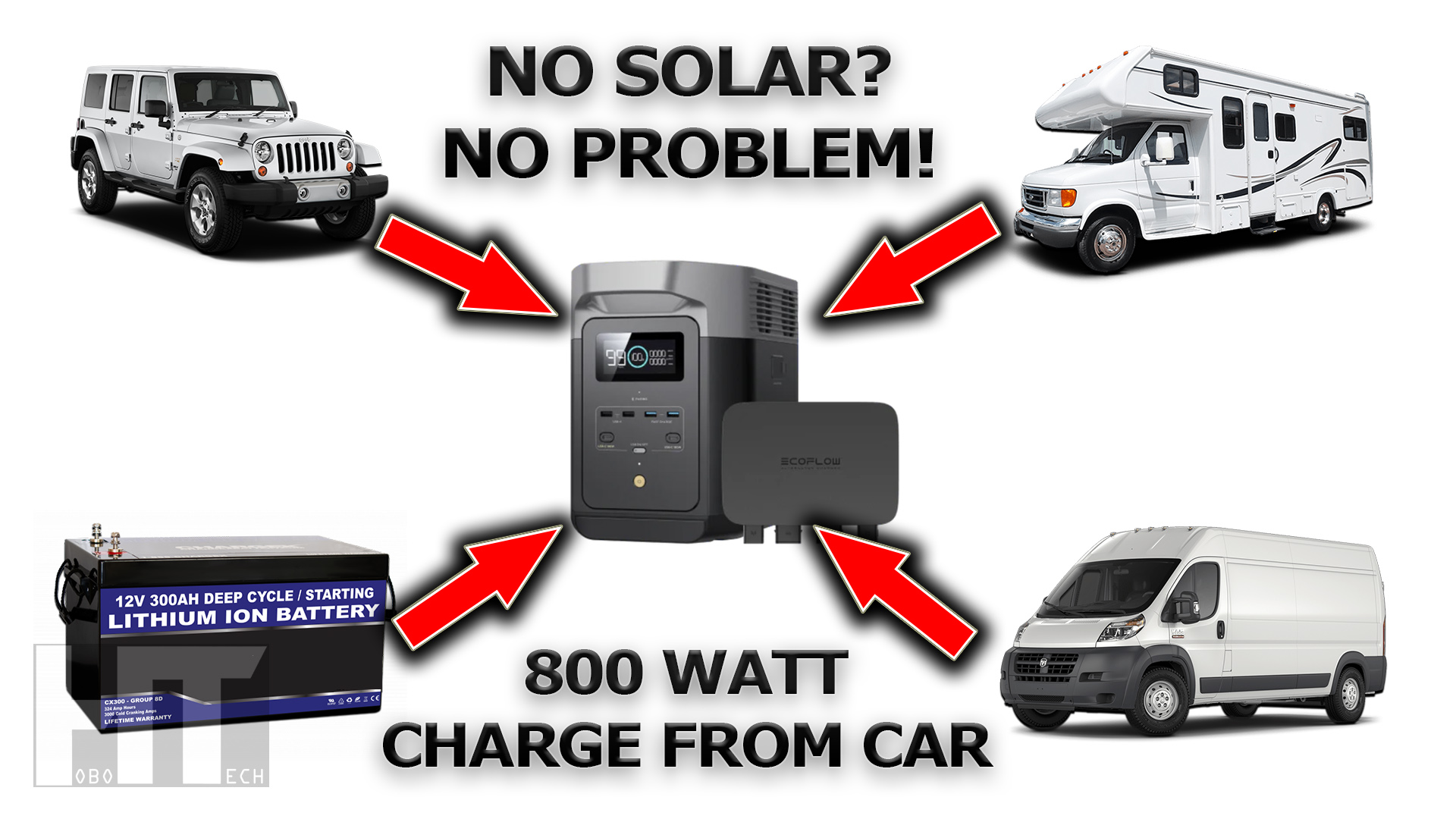
The Professor reviews EcoFlow’s new DC to DC Alternator Charger used for fast charging Delta 2, Delta Max, and Delta Pro solar generator power stations at 800 watts from a 12v or 24v vehicle (RV, car, truck, van, boat) or battery bank.
-
It seems like everyone and their mother is coming out with a DC to DC battery charger this year. Ecoflow is no exception. Theirs is adeptly named the “Alternator Charger” and is designed to work with several of their larger Delta series power stations to enable them to fast charge at up to 76 amps (or 800 watts) from either 12 or 24 volt systems. That makes the Alternator Charger hands down the fastest way in the world to charge your Ecoflow directly from DC power from a 12v vehicle, without spending a penny on solar panels. But, is it any good? Let’s find out!
-
So this tiny device here does all the magic. It is designed to sit somewhere in the interior of your vehicle near your Ecoflow power station. When I say “vehicle” I mean anything that runs or carries a 12 or 24 volt battery system like a car, truck, van, RV, boat, or plane. However, I’ll show you in a bit how you can use this indoors to charge your Ecoflows from any brand 12 or 24v battery without needing a vehicle at all. So stay tuned for that.
-
So this part sits in the vehicle, and this long cable attaches to it. The other side is ran to the battery in your vehicle, be it the starter battery, house coach battery, or whatever auxiliary battery you might have. Even though this is called the “alternator charger” it doesn’t actually require an alternator at all to work. What it does require is hooking up to either a 12 or 24 volt battery, and for best results should be hooked directly to the terminals.
-
What this box does in laymen terms is take the 12 or 24 volts from your vehicle battery and converts it to 48v for use with the built in battery port on Ecoflow’s larger power stations. Of course it does a lot more than that, and it is controlled via Ecoflow’s fantastic app. With the push of a button in the app, you can seamlessly send power from your running vehicle into your Ecoflow, then when your vehicle isn’t running you can opt to send power back from the Ecoflow into your battery. The latter is useful if for example, you camp in your vehicle and run the radio or lights. It will act as a jump starter so you won’t get left stranded. It also has a maintenance mode that can run all night at low power to keep your battery topped off. These are very cool features you simply can’t get from other DC to DC chargers.
-
Now, about hooking this thing up. If you plan on doing a permanent install, you’ll need to run a single heavy cable from inside your vehicle to wherever your battery is located. Because this thing will pump up to 80 amps of juice through these cables and if you don’t have a good high amperage connection to the battery, you’ll have issues getting it to work properly. I found this out the hard way when I tried to hook it up through the jumper ports under the hood instead of directly to the battery. A lot of new vehicles have these remote jumper ports if the battery isn’t under the hood. You do need to connect directly to the battery or to a 100A or more bus bar that’s connecting multiple batteries together.
-
You may have noticed I said IF you plan to do a permanent install, because really the only reason to do a permanent install is if you wish to only use this in one vehicle and while driving. Of course, this is what it is designed for – charging your Ecoflow while driving. However, the Alternator Charger is so compact and quick to setup, you might find yourself just keeping it in a bag and clamping it to your battery as needed – say while camping. You can simply hook it to your battery, idle your engine, and recharge your Ecoflow. Depending on the size of your power station, it can take from one to several hours to recharge. However, if you don’t have solar, camp in places with lots of trees, camp in areas where it rains a lot, plan to camp outdoors during the coming nuclear winter, or are a minimalist that simply doesn’t want to carry around bulky panels – this may be a much better investment for you than solar.
-
Of course you can in fact charge with solar simulaneously while using the Alternator Charger. Say your Ecoflow is dead, your starter battery is dead, but you have a solar panel. You can charge the Ecoflow first, then use the app to send power to the battery to start the vehicle.
-
My favorite use for this product is something unconventional and that’s charging my Ecoflow using my solar powered RV house batteries. I’ll show this in a bit. Let’s get to the testing…
- If you’re an Ecoflow fan and you use your products outdoors camping, in your RV/boat/truck or van, or you simply want a way to charge the Ecoflow extra batteries without needing to hook them up to a power station – the Alternator Charger is a fascinating product with many use cases beyond what they advertise it for. If you’re one of the thousands that have been looking for a way to dump power from 3rd party LiFePO4 batteries into your Ecoflow at rates way beyond the lethargic 100 watts from the car port charger, this is a no brainer purchase.
-
CHECK OUT THE ALTERNATOR CHARGER: https://gohobo.io/altcharger use code 24EFRVHOBO for 6% off store wide until June 29th! Get the NEW EcoFlow Alternator Charger and DELTA Series portable power station up to 35% off (from $999). Grab a FREE solar panel during the pre-order period from April 24 to May 23!

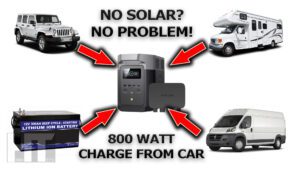

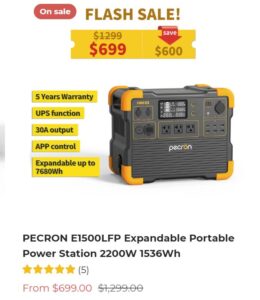
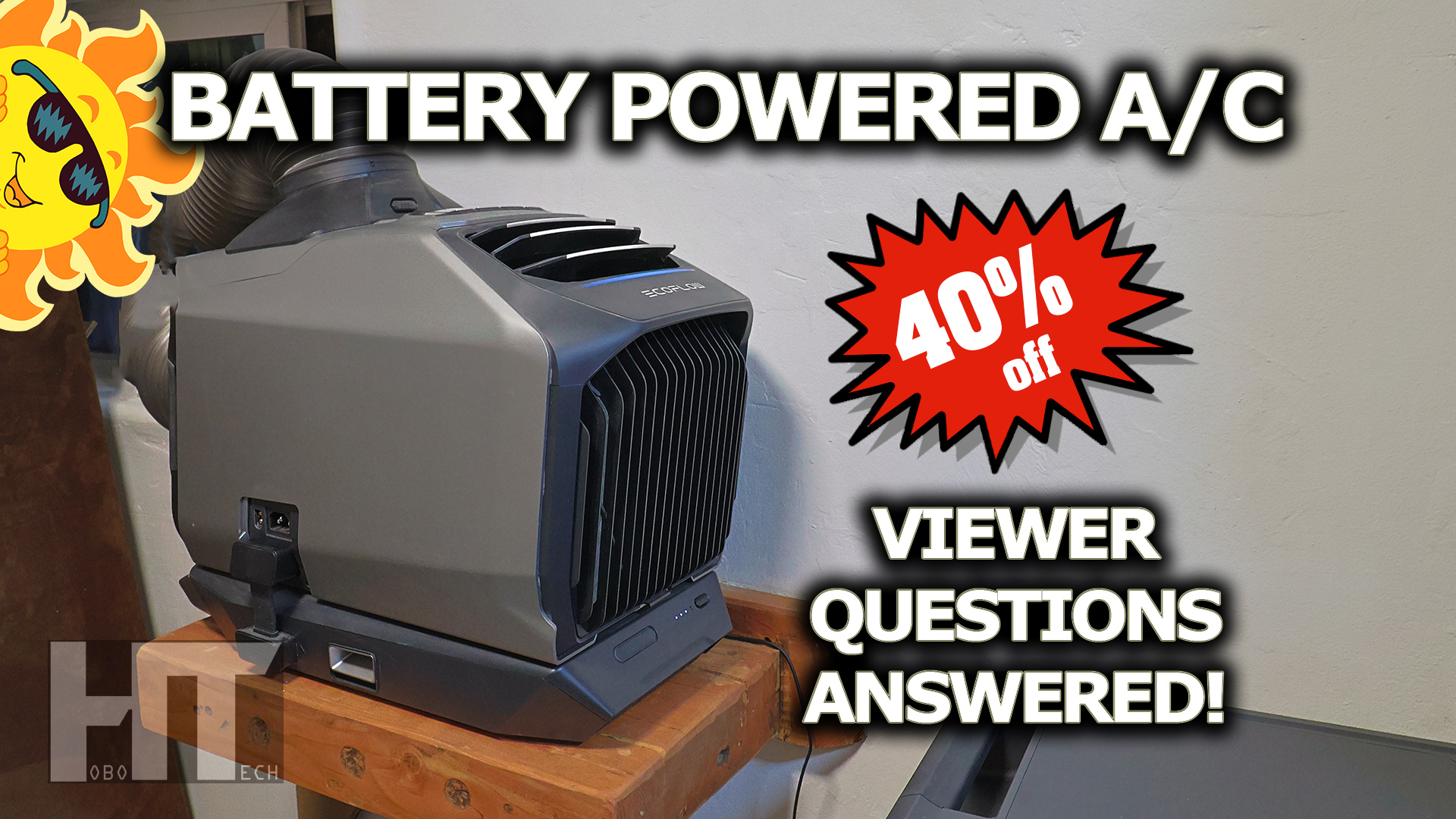
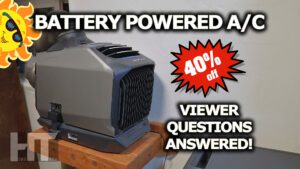
You must be logged in to post a comment.